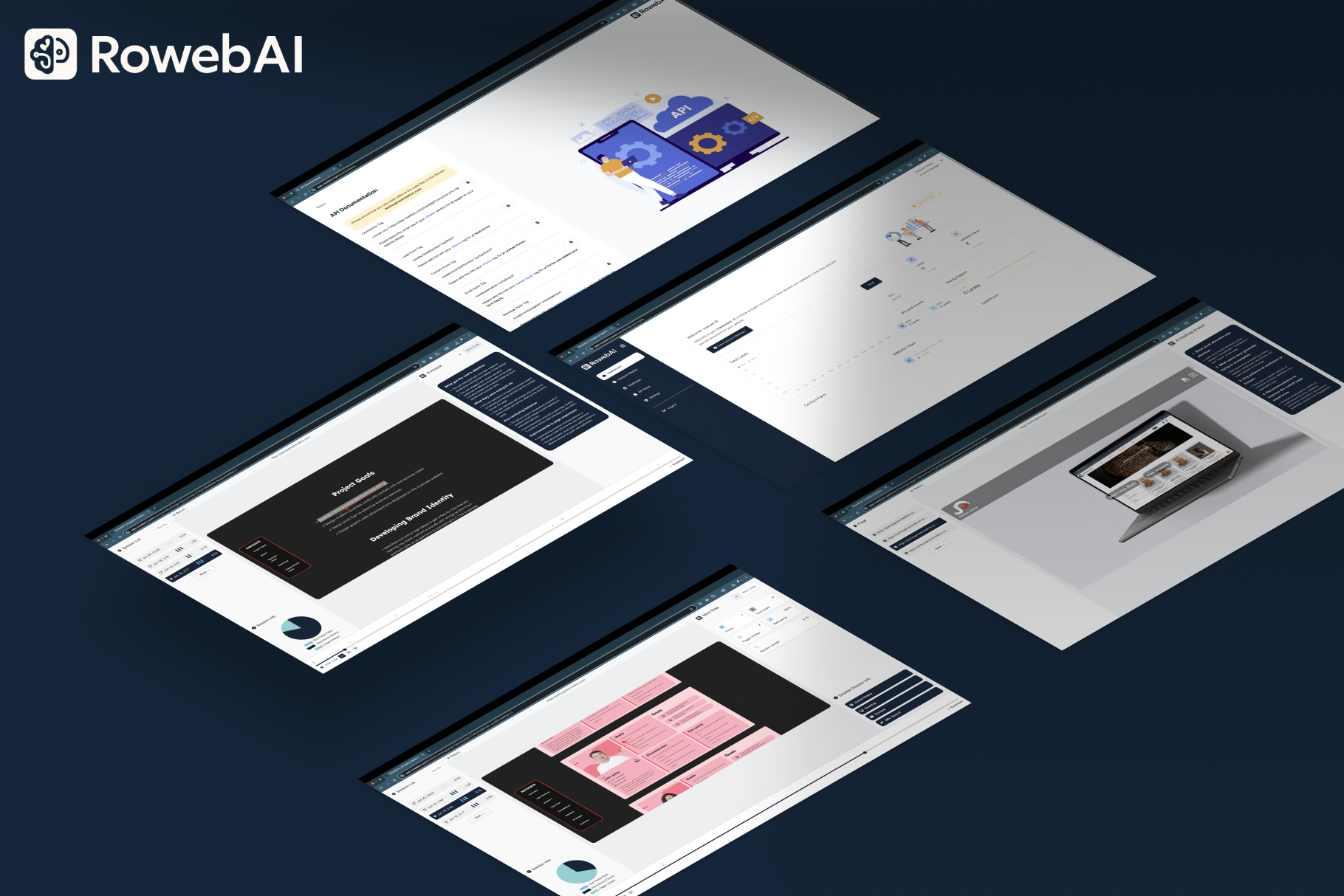
How AI Detects Hidden UX Friction That Kills Ecommerce Conversions
UX friction is the silent killer of ecommerce growth. From confusing navigation to laggy mobile interactions, even small issues can lead to big drop-offs. But identifying those friction points manually is time-consuming and unreliable. That’s where AI steps in.
AI-powered tools like RowebAI automatically detect patterns in how users behave—revealing where they hesitate, rage-click, bounce, or abandon their cart. It’s like having a smart analyst watching thousands of sessions and flagging the biggest problems—instantly.
1. What Counts as UX Friction?
UX friction includes anything that slows down, frustrates, or confuses your customer on their journey. This could be broken elements, unclear CTAs, unexpected layout changes, or even too many form fields at checkout.
2. How AI Identifies Hidden Pain Points
AI tracks millions of behavioral signals—like repeated taps, scroll velocity, or cursor shake—to detect when users are stuck or frustrated. It then correlates this behavior with drop-offs or low conversion paths. Instead of watching 100 replays, you get clear summaries of the worst UX culprits.
3. Real-World Impact on Ecommerce
Brands using AI to analyze friction have seen checkout completion rates rise, bounce rates drop, and support tickets decline. One RowebAI client found a 28% lift in mobile checkout just by fixing two steps AI flagged as “friction-heavy.”
4. Where Traditional Analytics Fall Short
Heatmaps and click-through rates are useful—but they miss context. AI adds that context by combining thousands of subtle user signals into a complete story. You don’t just know what happened—you understand why.
5. How to Get Started
Ecommerce teams don’t need to guess anymore. With platforms like RowebAI, you can instantly surface friction points, get AI-backed suggestions, and watch your store’s UX (and revenue) improve week after week.
